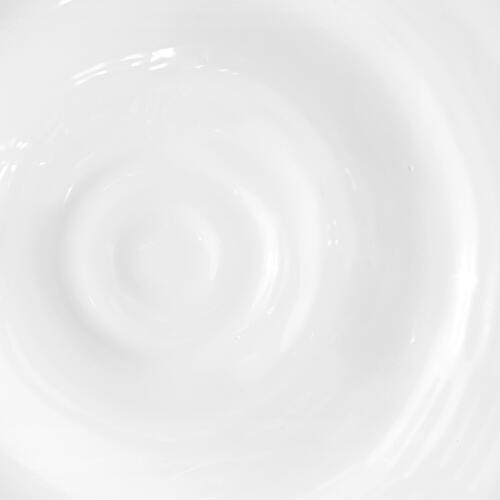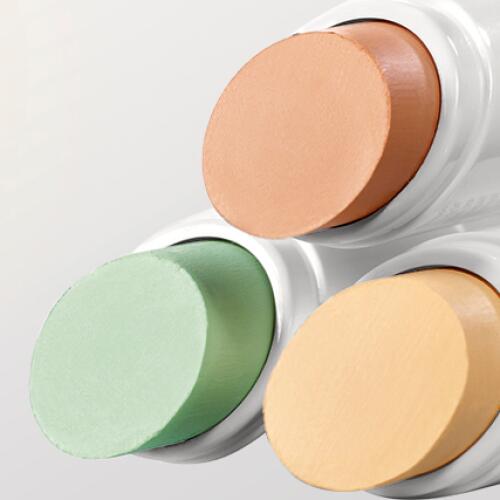Diffuse redness: facial erythrosis
Do you “ go red ” easily and it becomes embarrassing? Is it hard to get rid of that redness on your face? Erythrosis (i.e. redness on the face but no visible blood vessels) is the most common form of rosacea. Focus on the causes of this condition and the most suitable treatments to treat it.
What is erythrosis?
Erythrosis is the first stage of rosacea, a skin condition that particularly affects sensitive and hypersensitive skin. To recognise this condition, several signs can be observed. At first, the face suddenly reddens too frequently, experiencing what is known as flushing. This redness may be accompanied by hot flushes. When this diffuse redness – small coloured patches – becomes permanent, it is known as facial erythrosis. It is often found on the cheeks and wings of the nose.
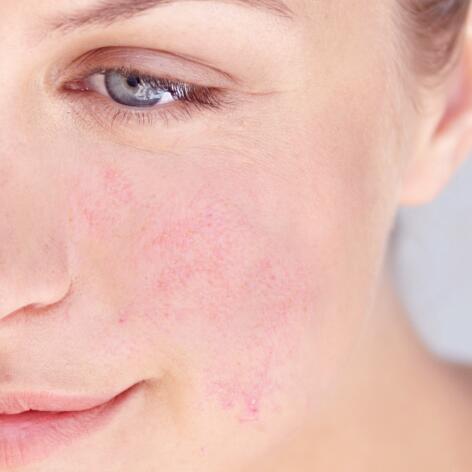
Facial erythrosis: the causes of this permanent redness
Hypersensitive and reactive skin is obviously the ideal playground for erythrosis. Before the permanent redness appears, the skin suffers from flushes, sudden bursts of heat that make it red all the way to the ears. What happens under the skin to cause erythrosis to set in? As with a flush, an event such as a change in temperature or strong emotion causes the blood vessels to dilate. This influx of blood causes redness to appear on your face. But instead of returning to normal, the blood vessels unfortunately remain dilated, causing permanent redness.
Triggers
For redness to appear, a particular event must cause the blood vessels to dilate. The most common triggers are:
- Changes in temperature: both hot and cold weather can affect blood flow, causing redness to appear on the face;
- Food: spicy, acidic or overly hot food, as well as hot or alcoholic beverages, can trigger redness;
- UV rays: prolonged unprotected exposure to the sun can sensitise the skin and cause redness, regardless of the season;
- Physical effort: when the body heats up, it is common to have a reddened face;
- A strong emotion: stress, embarrassment or shock are all emotions that can make your cheeks turn red.
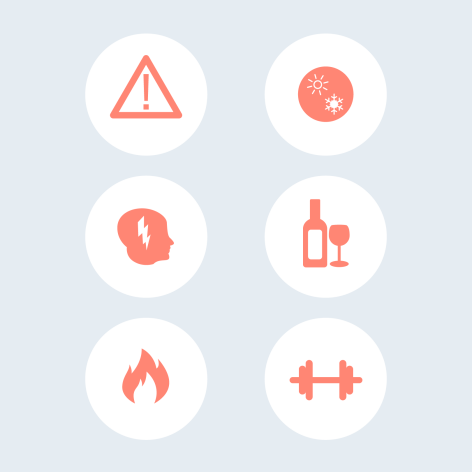
How to combat erythrosis?
When suffering from rosacea, and more particularly erythrosis, certain (good) habits and the implementation of an adapted skincare routine can soothe and protect the skin:
- Protect yourself from external aggressors: to avoid making your skin even more sensitive and avoid heatstroke, avoid temperature changes and unprotected exposure to the sun.
- Adjust your diet: choose dishes that are not too spicy and not too hot, so as not to risk making your skin hot.
- Choose suitable dermo-cosmetic products: anti-redness ranges contain the necessary active ingredients to soothe your skin durably while helping it to defend itself against external aggressors, thus preventing redness.
- Pamper your skin: to avoid irritation, use gentle motions and avoid rubbing when you clean your skin or apply products to your face.
- Opt for customised make-up: the colour green neutralises redness, so by using a green corrector stick and a high-coverage foundation, your redness will quickly go unnoticed!
We also advise you to consult a dermatologist for medical follow-up and treatment, if necessary.
OUR SOLUTIONS FOR SKIN WITH REDNESS
Eau Thermale Avène skincare products designed for skin that overreacts
NEWSLETTER
We’re always here for your skin!
All our tips for taking care of your skin day to day.
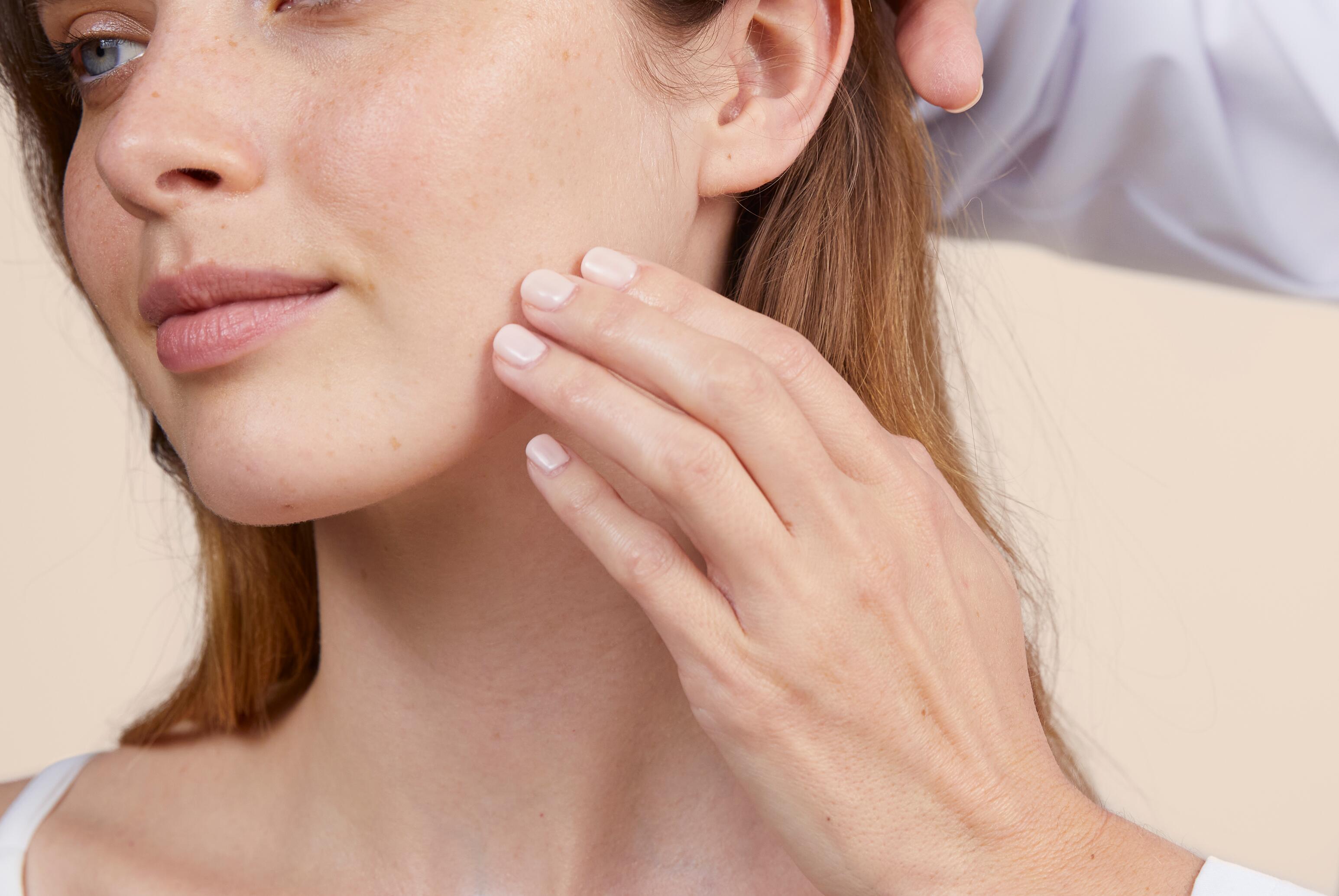
Which skin care routine should you adopt?
Identify what it really needs with the help of our experts and discover the most suitable skin care routine for you.

